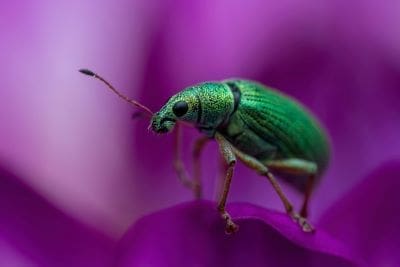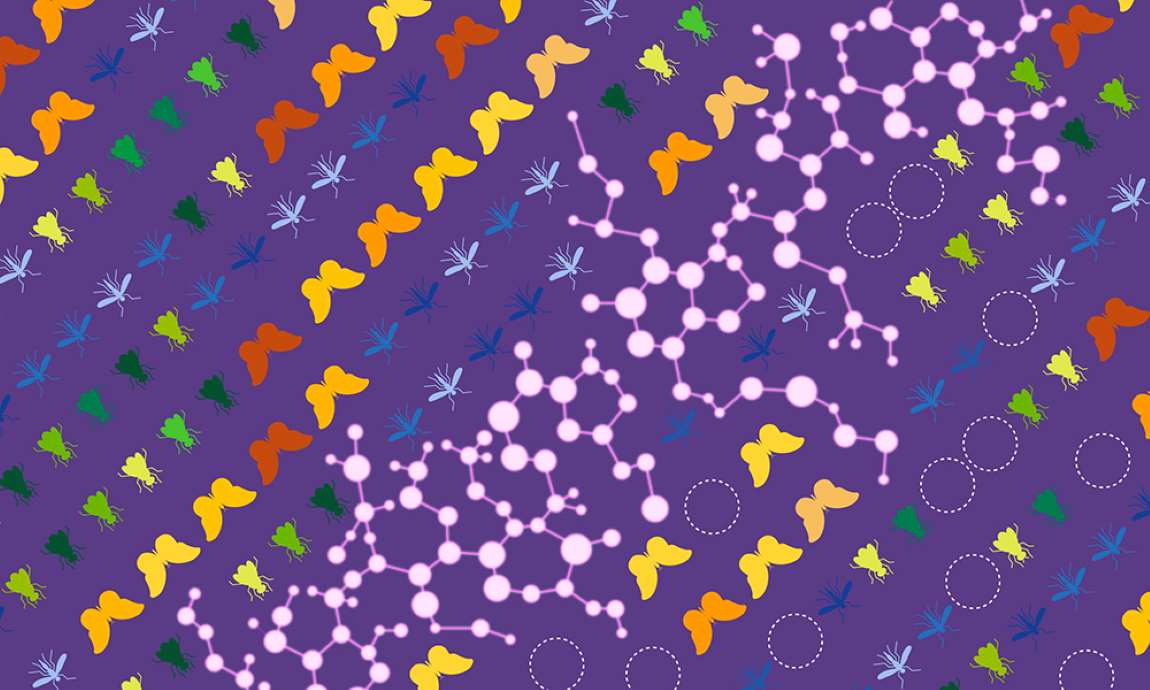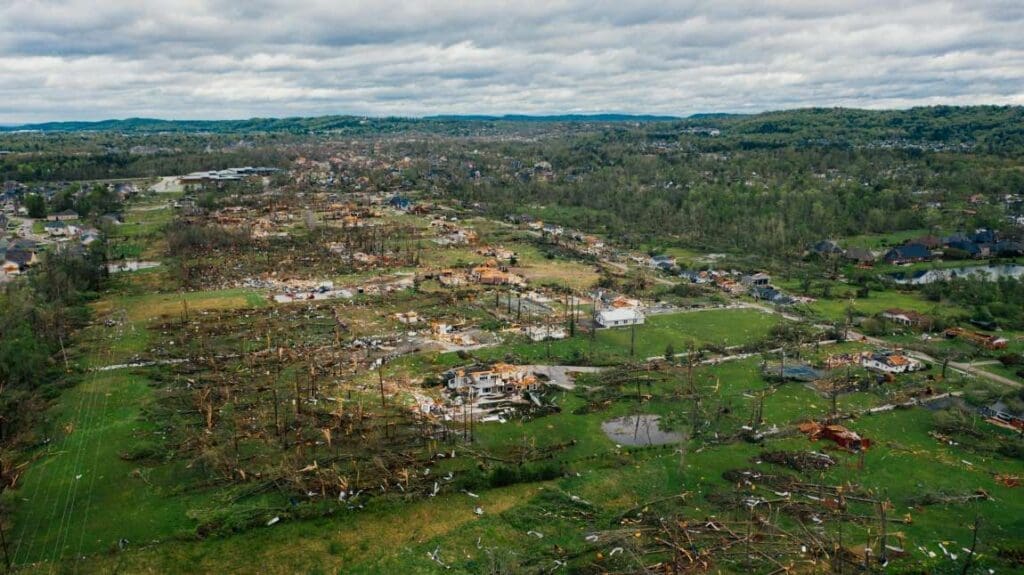Scientists have long been concerned about the global decline in insect populations. While factors like habitat loss and climate change have often been cited, new research highlights the significant role of agrochemicals in disrupting insect behaviour and survival.
A team of scientists from the European Molecular Biology Laboratory (EMBL) has provided fresh insights into how even small doses of these chemicals can impact insect populations in alarming ways.
Insects play an essential role in ecosystems. As pollinators and prey, they are a key link in food webs and critical to biodiversity.
E.O. Wilson, a revered biologist, once warned that without insects, the world’s ecosystems would collapse. Yet, recent studies show that insect populations are declining by an average of 2-3% each year. This decline has raised concerns and prompted deeper investigations into the causes.
The EMBL study provides vital data on the harmful effects of agrochemicals, especially in combination with rising global temperatures.
The EMBL team, led by Lautaro Gandara and Justin Crocker, exposed fruit fly larvae to over 1,000 chemicals stored in the EMBL’s vast agrochemical library. This experiment allowed them to observe how various chemicals influenced insect behaviour and survival. The findings were striking: more than half (57%) of the chemicals tested caused significant behavioural changes in the larvae, even at low, non-lethal doses. More alarmingly, long-term survival was compromised when chemical exposure increased.


“We found that when we exposed larvae to very low doses of chemicals, the exposure caused widespread changes in physiological processes that are at the heart of how they develop and behave,” said Gandara, the first author of the study published in Science.
What set this study apart was its focus not just on the chemicals themselves but also on how rising temperatures might exacerbate their effects. As global temperatures climb due to climate change, the scientists wanted to know how this additional environmental stress would interact with chemical exposure. They increased the temperature in the larvae’s growing environment by 4°C, simulating real-world conditions where both agrochemical exposure and temperature rise coincide.
When temperatures were raised from 27°C to 29°C (80.6°F to 84.2°F), the researchers observed profound changes. “These changes were exacerbated when we increased the temperature in the growing chambers by four degrees – a decision born from the idea that global temperatures have been on the rise and might affect how pesticides affect the larvae,” Gandara noted. The higher temperatures magnified the chemical impact on the larvae, suggesting that future warming may worsen the threat agrochemicals pose to insect populations.
Further experiments mixed some of the most commonly detected airborne chemicals and exposed newly hatched larvae to ecologically relevant doses. The results were even more severe, with egg-laying rates dropping by 60% and previously rare behaviours, like ‘hunching’, becoming much more frequent.
Hunching, where larvae bend or curl their bodies in an exaggerated manner, signals underlying stress and discomfort. While it might appear minor, changes in basic behaviours like feeding, mating, or migration could have significant ecological impacts. These alterations disrupt critical processes in the food web and may impair the fitness of insects in natural environments.
“On the surface, hunching may seem inconsequential, but even small changes in behaviour can impact fitness if they adversely affect feeding, mating, and migration, for example,” said Crocker, EMBL Group Leader and senior author of the study.
The researchers are not yet certain if this behavioural change is directly linked to other observed phenomena, such as reduced egg-laying rates. However, they emphasized the potential for long-term ecological consequences if such behaviours persist in the wild.
This study is notable for its multidisciplinary collaboration. The EMBL researchers worked alongside scientists from various institutions, including the Pasteur Institute, Heidelberg University Hospital, and George Washington University. Their findings were validated across different insect species, including mosquitoes and Painted Lady butterflies, revealing similar behavioural changes and strengthening the experimental conclusions.
The research also benefitted from advanced technological approaches. AI-driven tools, developed by the Pasteur Institute and EMBL collaborators, were used to analyse behavioural effects with high precision. This approach helped the team gather robust data to support their findings.
The importance of this study lies in its potential applications for regulatory practices.
As Crocker pointed out: “By providing data on the impact and toxicity of chemicals, these assays can translate into regulatory and industrial practices that better protect human health and the environment.” This new knowledge could help guide policy changes, leading to more stringent regulations on the use of agrochemicals to prevent further harm to insects and ecosystems.
While this study has revealed one contributing factor to the global insect population decline, it also emphasizes that solutions are within reach. By identifying which chemicals are most harmful, regulators and industries can make better-informed decisions to mitigate the damage caused by these substances.
Insects, even those often seen as pests, are indispensable to the planet’s ecosystems. As Gandara remarked: “For a long time, people speculated on the various reasons for insect behaviour changes, but now this research helps clarify one significant contributing factor.” With climate change already exacerbating existing environmental pressures, the urgent need to rethink chemical use has never been clearer.
Journal Reference:
Lautaro Gandara et al. ‘Pervasive sublethal effects of agrochemicals on insects at environmentally relevant concentrations’, Science 386, 446-453 (2024). DOI: 10.1126/science.ado0251
Article Source:
Press Release/Material by European Molecular Biology Laboratory (EMBL)
Featured image: An illustration uses a variety of colors to signify the original diversity in fly, mosquito, and butterfly populations in the upper left area. A chemical effect alters the populations, not only decreasing the overall number of insects but also affecting their diversity. Credit: Isabel Romero Calvo | EMBL




